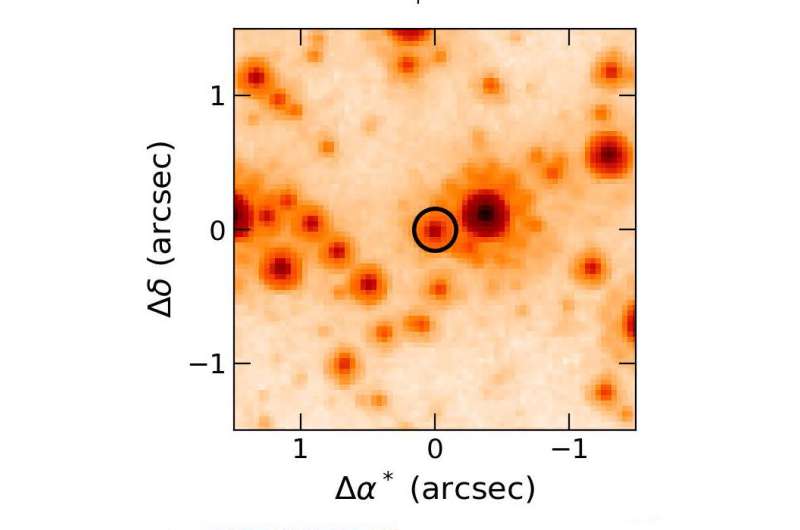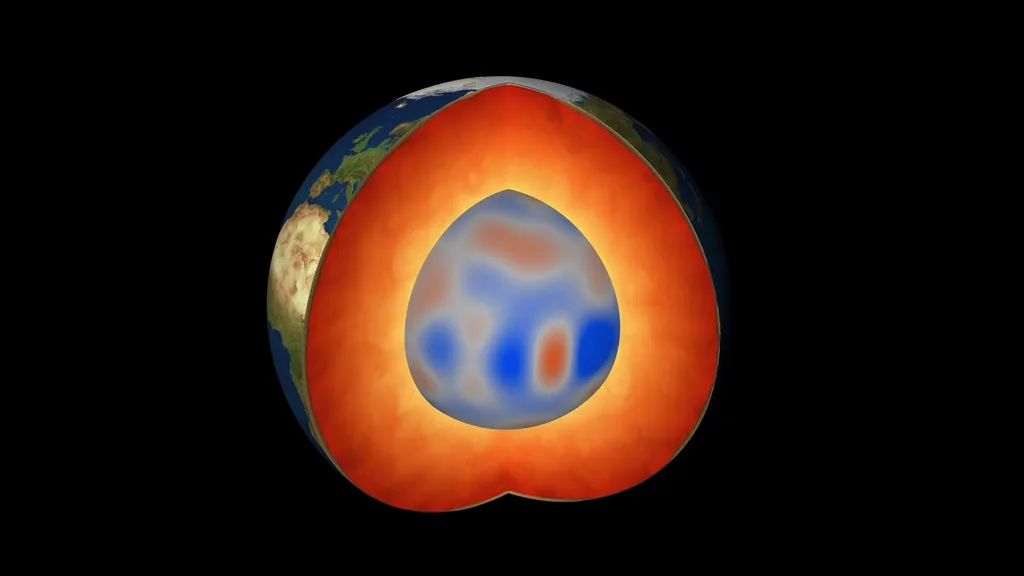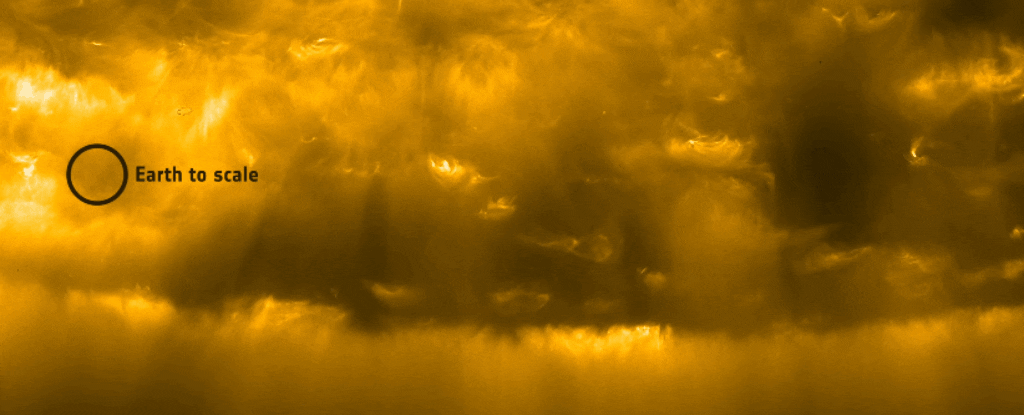Weird news stories

Fed by waters that pass through 600 meters (1,970 ft) of permafrost, the sub-zero, salty, virtually oxygen-free Lost Hammer Spring in the Canadian Arctic is one of the harshest places on Earth. Even here, however, life finds a way.

As if cracking open a cosmic Russian nesting doll, astronomers have peered into the center of the Milky Way and discovered what appears to be a miniature spiral galaxy, swirling daintily around a single large star.

“It’s a lesson in the unexpected,” Jones said. “When you’re looking for things, you’re not necessarily going to find the thing you’re looking for, but you might find something else very interesting.”

What Alida Bailleul saw through the microscope made no sense. She was examining thin sections of fossilised skull from a young hadrosaur, a duck-billed, plant-eating beast that roamed what is now Montana 75m years ago, when she spotted features that made her draw a breath.

A team led by University of California, Berkeley, astronomers has for the first time discovered what may be a free-floating black hole by observing the brightening of a more distant star as its light was distorted by the object’s strong gravitational field—so-called gravitational microlensing.

A new member of a category of star so rare we can count the known number of them on our fingers and toes has just been discovered in the Milky Way.

A newly discovered source of repeating fast radio bursts has deepened the mystery of what, precisely, could be producing these powerful outbursts.

The Curiosity rover has found an outstanding rock formation piercing the alien landscape of Mars.
The discovery of a neutron star emitting slower radio signals than ever recorded suggests there are more to be found.

Scientists have detected a completely new type of magnetic wave that surges through Earth‘s outer core every seven years, warping the strength of our planet’s magnetic field in the process.

The story of the Universe is fundamentally our story, too. We want to know where it all started. Current descriptions of the origin of the Universe rest on the two pillars of 20th-century physics: general relativity and quantum mechanics. There are many questions that call for intellectual humility, and the origin of the Universe is foremost among them.

Research suggests Earth’s biggest deposit of iron – its core – could also be going rusty.

New research suggests an unseen “mirror world” of particles that interacts with our world only via gravity that might be the key to solving a major puzzle in cosmology today—the Hubble constant problem.

Researchers may have pinpointed the source of a famous supposed alien broadcast discovered nearly a half century ago.

A spacecraft looping around the Sun has made its first close approach – and filmed the encounter in glorious detail.

The sinkhole is 630 feet (192 meters) deep, according to the Xinhua news agency, deep enough to just swallow St. Louis’ Gateway Arch.








